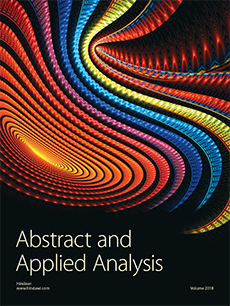Abstract
In order to test the differences in the morphology characterization of rock fracture surfaces under different loading directions and rates, the following three steps are operated. Firstly, using Brazilian test, the Brazilian discs are loaded to fracture under different loading modes. Secondly, each rock fracture surface is scanned with a highly accurate laser profilometer and accordingly the coordinates of three lines on every rock fracture surface and three sections of every line are selected to analyze their fracture morphology characterization. Finally, modulus maximum method of wavelet transform, including a new defined power algorithm and signal to noise ratio, and fractal variation method are used to determine the differences in rock fracture surfaces’ morphology characterization under different loading directions and rates. The result illustrates that both modulus maximum and fractal variation method can detect anisotropy of rock fracture failure. Compared to modulus maximum method, fractal variation method shows stronger sensitivity to the change of loading rates, which is more suitable to differentiate the rock fracture surface’s morphology characterization under different loading modes.
Citation
Zhigang Feng. Xuezai Pan. Guoxing Dai. Hongguang Liu. "Research on Rock Fracture Surface Morphology Characterization under Brazilian Test." Abstr. Appl. Anal. 2014 (SI21) 1 - 10, 2014. https://doi.org/10.1155/2014/434898
Information





